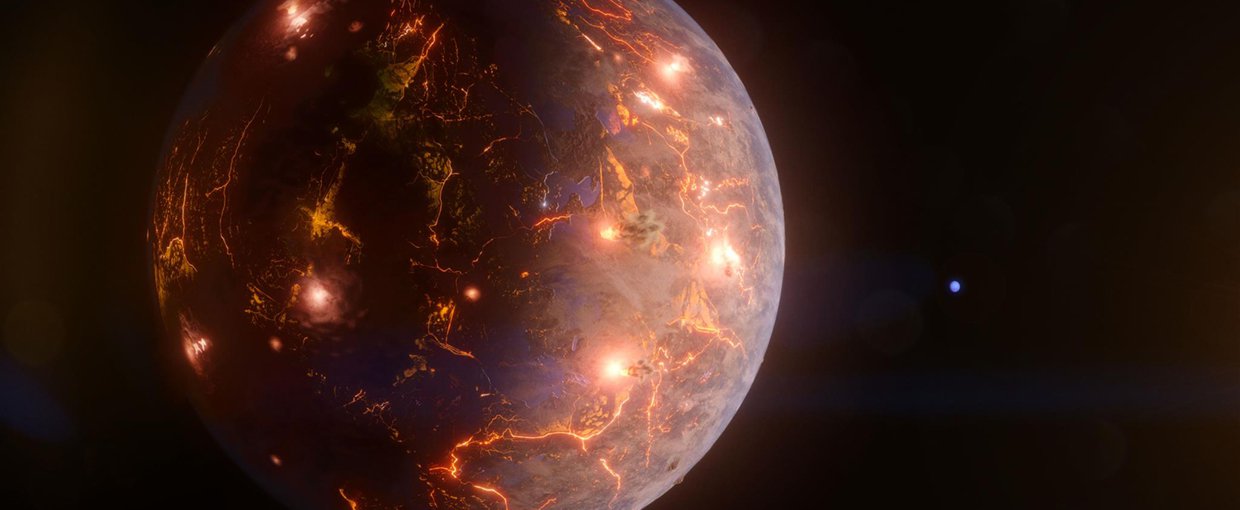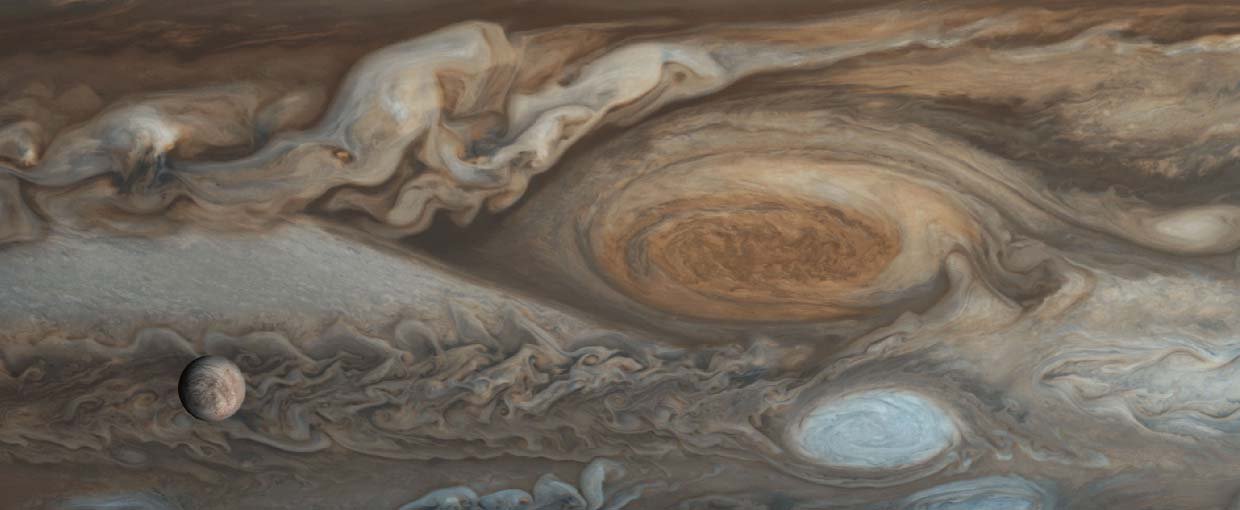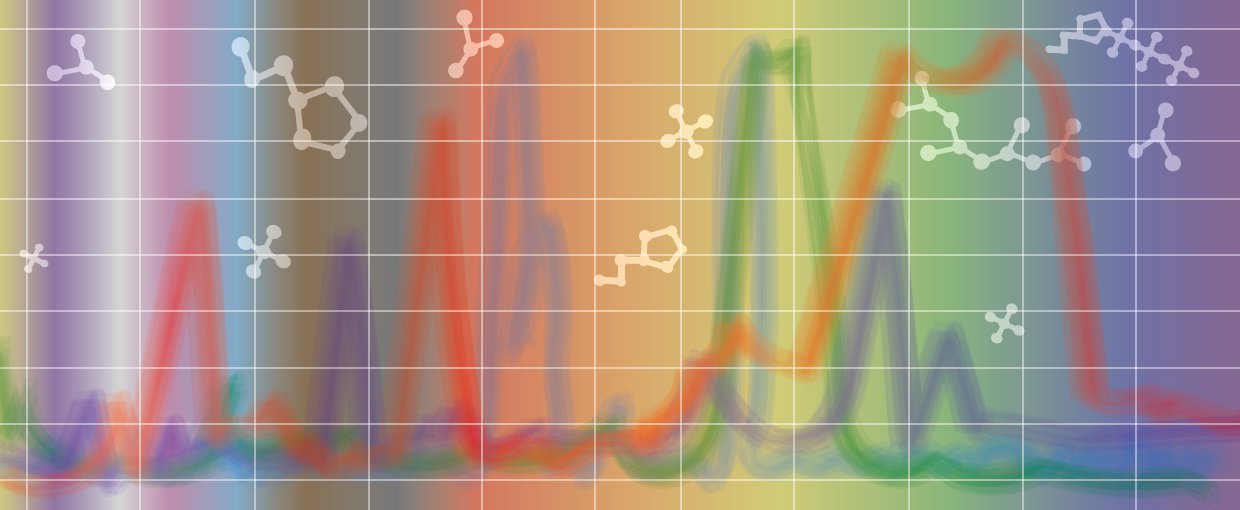Kakkis, A., Gagnon, D., Esselborn, J., Britt, R. D., & Akif Tezcan, F. (2020). Metal‐Templated Design of Chemically Switchable Protein Assemblies with High‐Affinity Coordination Sites. Angewandte Chemie International Edition, 59(49), 21940–21944. doi:10.1002/anie.202009226
Spielman, S. J., & Moore, E. K. (2020). dragon: A New Tool for Exploring Redox Evolution Preserved in the Mineral Record. Frontiers in Earth Science, 8, None. doi:10.3389/feart.2020.585087
Saunders, J. K., Gaylord, D. A., Held, N. A., Symmonds, N., Dupont, C. L., Shepherd, A., … Saito, M. A. (2020). METATRYP v 2.0: Metaproteomic Least Common Ancestor Analysis for Taxonomic Inference Using Specialized Sequence Assemblies—Standalone Software and Web Servers for Marine Microorganisms and Coronaviruses. Journal of Proteome Research. doi:10.1021/acs.jproteome.0c00385
Bishop, J. L., Parente, M., Saranathan, A. M., Itoh, Y., Weitz, C. M., Flahaut, J., … Miura, J. K. (2020). Implementing New Feature Extraction Techniques for Characterization of Complex Mineral Signatures of Salty Regions on Mars. IGARSS 2020 - 2020 IEEE International Geoscience and Remote Sensing Symposium. doi:10.1109/igarss39084.2020.9324608
Yu, A. W., Troupaki, E., Li, S. X., Coyle, D. B., Stysley, P., Numata, K., … Mullin, M. (2020). Orbiting and In-Situ Lidars for Earth and Planetary Applications. IGARSS 2020 - 2020 IEEE International Geoscience and Remote Sensing Symposium. doi:10.1109/igarss39084.2020.9323088
Chen, H., Leinenweber, K., Prakapenka, V., Kunz, M., Bechtel, H. A., Liu, Z., & Shim, S-H. (2020). Phase transformation of hydrous ringwoodite to the lower-mantle phases and the formation of dense hydrous silica. American Mineralogist, 105(9), 1342–1348. doi:10.2138/am-2020-7261
Solomonidou, A., Neish, C., Coustenis, A., Malaska, M., Le Gall, A., Lopes, R. M. C., … Drossart, P. (2020). The chemical composition of impact craters on Titan. Astronomy & Astrophysics, 641, A16. doi:10.1051/0004-6361/202037866
Maggiolo, R., Gronoff, G., Cessateur, G., Moore, W. B., Airapetian, V. S., De Keyser, J., … Hosseini, S. (2020). The Effect of Cosmic Rays on Cometary Nuclei. II. Impact on Ice Composition and Structure. The Astrophysical Journal, 901(2), 136. doi:10.3847/1538-4357/abacc3
Tang, H., & Young, E. D. (2020). Evaporation from the Lunar Magma Ocean Was Not the Mechanism for Fractionation of the Moon’s Moderately Volatile Elements. The Planetary Science Journal, 1(2), 49. doi:10.3847/psj/abb23c
Nestola, F., Goodrich, C. A., Morana, M., Barbaro, A., Jakubek, R. S., Christ, O., … Shaddad, M. H. (2020). Impact shock origin of diamonds in ureilite meteorites. Proceedings of the National Academy of Sciences, None, 201919067. doi:10.1073/pnas.1919067117



